|
Wow TFC, what a year we’ve had! It has been challenging, to say the least, but we have collectively risen to the challenge, and it is clear how much we as individuals and a community have grown together. It feels amazing to look back at all we have accomplished. After a two year, pandemic-induced hiatus, our “annual” Fun Run made its triumphant return this spring! And it was the perfect culmination of the year together. How wonderful it was to see everyone finally coming together outdoors—students, teachers, parents, alumni teachers, alumni families, extended family members, family friends, new incoming TFC families, BB&N students and community members, and a giant moose all enjoying the sunshine, music, and exercise together. The most meaningful characteristic of TFC, in my opinion, is its emphasis on a caring and collaborative community, and while that has been hard to focus on during an isolating pandemic, this spring event certainly showcased the best of our community. Parents and staff worked together tirelessly to get the event off the ground, and on that day everyone pitched in to make sure students and adults alike had a great time. It was a perfect celebration of our community’s resilience, spirit, and collaboration. As we wind down what I cannot believe is the end of a second pandemic school year, I hope that we are each able to reflect not only on the challenges we’ve been through, individually and together, but on our own growth and accomplishments, and our children’s incredible strengths and successes. I know I see this immense growth in myself, and in my own child. And I even learn from him regularly, through the things he himself has learned at school. This spring, his class examined caterpillars, then watched eagerly as they morphed into butterflies. In yoga class the children practiced butterfly moves, and he clearly engaged with the connection between curricula. They even rolled themselves up in the yoga mats, modeling a safe and cozy cocoon, a wonderful sensory tool which he now practices at home, rolling himself up in anything remotely yoga mat-like that he finds around the house, and telling me, “this feels safe for Owen.” As I’m sure it does! And I have learned that I need to use those same skills to pause and reflect on what I can find in my everyday environment that feels safe for me. Hatching butterflies this year as a school felt particularly meaningful and symbolic—we eagerly watched those caterpillars isolate themselves into their individual chrysalises. We generally knew when to expect them to come out, but we weren’t sure exactly how long it would be. Little by little, they started to slowly, cautiously emerge. It took some of them more time and strength than others, pushing their way out, taking time to rest and regroup, then wiggling and pushing some more. Soon they were back out into the world, but looking much different than when they’d gone into isolation. Surprisingly, as we released them into nature, many did not want to leave the comfort of this small environment they’d known and felt safe in, but eventually they seemed to delight in the discovery of nearby leaves, flowers, and then the next leaf, and the next, and soon the whole open world stretched before them.
We are sending ourselves and our children off with this same cautious but curious outlook, using great strength and resilience to come out of isolation, many of us looking a bit different than we did before our journey together, and carrying these changes and experiences both inwardly and outwardly along with us; we are watching the world stretch before us, but still holding onto the safety that we felt in our close-knit, comforting pandemic community.
0 Comments
It has been a couple months since I’ve written, and what an unexpectedly wild couple months it has been…! I, like so many of us, have spent the past two years trying with all my might not to get COVID, not to spread COVID, and to protect my family and our school from COVID. And then, despite all of my best efforts, I got COVID.
The first person in my family to test positive was my two year old son. He had very mild symptoms—low appetite and a mild cough, though he had slept in until almost 9am that morning, which was the giveaway that something was amiss. Though we didn’t believe he would actually have COVID, we gave him a rapid test to do our due diligence for the community; after all, this is why we had stocked up on tests, to be extra cautious. When the fifteen minute timer went off, my husband looked first and uttered a word I won’t repeat here. I was shocked. “You’re joking,” I said, though obviously there would have been no reason to joke about such a thing. After looking at the test myself, the two unmistakable dark lines glowing against the white plastic, then looking back at my child, sitting in his high chair with his untouched scrambled eggs in front of him, I had to excuse myself to go to the other room and cry. “He’s my unvaccinated baby,” I kept saying, through tears. I called my parents, of course, but first I called Jen, our Health Operations Manager. She understood the anxiety I was going through and told me to breathe and that he would be okay, we would be okay. Then I called my parents, apologizing over and over for having unknowingly exposed them the day before. Finally, when I had pulled myself together, I came back into the kitchen, where my son was happily chatting with his Dada; he grinned at me and said “Mama mask!” noting the KN95 masks my husband and I had donned as soon as we realized he was positive. As a quick aside, I will mention that I’m not sure this was really effective or necessary, as we both inevitably ended up getting COVID as well. Our thinking was that perhaps we could delay the infection, so that we weren’t all sick at the same time. Though I did end up seeing a social media post shortly after this that really resonated with me, something along the lines of, “my three year old tested positive for COVID and someone asked if I was going to try to socially distance myself from him. I thought about it, but then he sneezed in my mouth and I said, ‘nah.’” And this was pretty much our experience as well. Well, my toddler was sick for a couple of days. He mostly slept a ton, ate very little, and was whinier than usual. It wasn’t fun watching him in discomfort, but it also wasn’t any worse than any other time he’d been ill. I got far sicker than anyone else in my family, and still I was lucky. I’ve said several times this year that “mild” COVID symptoms simply mean alive and not hospitalized, and clearly there is a wide range of health statuses that fall within that description. I am more grateful than ever for my vaccination status, and am certain that I would have fared far worse had I not been fully vaccinated and boosted at the time I contracted COVID. I won’t say that COVID was fun, for it most certainly was not. But it was also far, far less scary once my family actually had it. For us it was very similar to any other flu, along with stricter quarantine status and State medical professionals calling to check in. And my son recovered in record time, and was bouncing off the walls again within a few days. After this I started reflecting on the fear of the unknown; COVID was far scarier before I had it than once we were finally home sick. And I was reminded of my first solo living experience, the night I moved into my own single room my sophomore year of college. On that first evening I’d ever lived alone, I soon discovered that I wasn’t actually alone. I was face to face with my first ever New York City cockroach. In my mind it was huge, but in reality I think it was an average-sized roach, of which I would see many over the next decade. My now husband (and future child play therapist) coached me through my fear over the phone. He encouraged me to give the roach a name, which would make it less scary. So soon I was calling it Wendel, and we realized together that when I couldn’t see Wendel (who was hiding under the bed) I was incredibly fearful, but then when I geared myself up and leaned over the edge of the bed to look Wendel in the eye, I was much calmer. When I could see Wendel, the roach itself and in turn my fear seemed to shrink. There is definitely something to the idea of naming a fear, and making it known in order to face it. Often with young children, we help them turn their feelings into more tangible beings by giving them names and personalities, which helps them learn to recognize and master their feelings, just being comfortable living with their emotions. Not that anyone should necessarily need to live with a roach, but interacting with Wendel definitely helped me feel less fearful. I understand the instinct to keep health information from young children, as COVID has been this mysterious scary thing for two years, that is now making its way into our families and close communities. It makes sense that children would be scared of something they can’t see or understand. So if the goal is to name the fear and make it known, then we shouldn’t avoid talking to children about COVID, or any other illness. We should certainly help them feel safe, and let them know that we will take care of them. And in most cases when a child or a vaccinated adult in our community gets COVID we have been lucky that the cases of been fairly mild. So we can share that with children, telling them that we are lucky they are healthy and okay. But we can also teach them that along with taking care of ourselves it’s important to take care of others, and we can explain that for some people the germs can make them really, really sick. So if we have COVID germs we need to spend time away from other people, to help keep everyone healthy and safe. And as we start to understand the disease more, we can still take it seriously but also name the fear and make it known. Which is what happened to me and my family when we finally, after two years of avoiding it, got COVID. And the silver lining—ninety days of immunity, for myself and my whole family, which I can honestly say feels like a very real and tangible weight lifted off of my shoulders. Not that I’d recommend COVID to anyone, but at least there is something positive on the other side. Earlier this month we had our Fall Parent Evening, “Cookies and Connections” (and we proudly did figure out a way to safely send everyone home with some cookies to keep the theme alive, even amidst a pandemic!) We took a gamble and decided to hold this adults-only event in person, as opposed to the Zoom evening we’d hosted last year. And I am so glad we did, as it truly gave the adults in our community a chance to connect, with each other and with the space that our children inhabit throughout the school day. Parents were happy to comply with our vaccination and health attestation policies, and as the night went on everyone seemed more comfortable, though perhaps a bit out of practice, being at school in person together.
One parent said to me, “as I arrived at the building, I suddenly had a realization, ‘wait a minute, this is a social event. Am I up for this?’” but then reflected that she was ultimately glad she’d decided that she was. After so long spent apart and interacting with each other through screens, we are all learning how to be in the same room together again, and, just like for our children, these social interactions take practice, thought, and effort. But the classrooms felt warm and welcoming and the parents seemed at ease inhabiting their children’s spaces. In one classroom two parents sat together painting sunflowers, anticipating their children viewing their artwork the next day; in another a small group sat together writing out their children’s “name stories.” When I made it to my son’s classroom, the mood was relaxed and joyful, teachers and parents sitting in a circle on the ground sharing stories about their children. I was happy to put on my “parent hat” and join the conversation! At the end of the night, and as I’ve reflected on the evening since then, one moment from that conversation has stood out to me. A parent, in an innocuous offhanded way, referred to her toddler as “bossy” and a teacher agreed, “in a good way, of course,” and we all laughed it off. I have long thought that I don’t like the word “bossy,” and it’s taken me awhile to figure out what it is about this simple word that consistently rubs me the wrong way. I’ve realized that I have never heard a boy referred to as “bossy,” yet my entire life I have heard this term used to describe outgoing and opinionated young girls more often that I can count (myself included). When you dissect the root of the word, it essentially means acting like a “boss,” which in itself is not necessarily a negative thing. However over time the word has come to mean domineering, ordering others around, and has a distinctly female-leaning connotation. In fact, when you search for definitions and samples of the word as used, the subject is always a woman. “Bossy” men seem to be more often described as “authoritative,” “decisive,” or “take-charge,” words which certainly seem to have a more positive lilt to them in modern dialogue. Noting this distinction has made me think more deeply about what words I am using regularly with young children, and what those words teach them about themselves, each other, and how their identity is viewed in the world around them. Earlier this Fall, I challenged our teachers to notice and minimize their use of gendered language in their classrooms this year; this is partly because it has been shown to be best practice in helping children develop their own sense of identity at a young age, with as little influence from social biases as possible, and partly because it is an eye-opening research experiment, in noticing how much of the language we use in conversation on a daily basis is in fact, often unintentionally, heavily gendered. In progressive early education it has become best practice to minimize the use of gendered language; for example, you may notice many preschool teachers using the traditionally Quaker manner of referring to students and classmates all as “friends,” rather than the more conventional “boys and girls.” However, there are still so many, sometimes subtle and sometimes explicit, ways in which socially accepted gender constructs and stereotypes make their way into our interactions with our youngest learners, and when we start to actively look for and question this language, it becomes clear that there is in fact a way to shift this cultural construct. In general, I prefer my interactions with young students to focus little on gender, and I try to use as little gendered language as possible, especially because I have had students in my classes before who were gender-questioning or already knew that they did not fit neatly into the male-female gender binary. One year, however, my co-teachers and I decided to make a point of taking all gendered language out of our conversations with one another and our students, and it became a kind of social experiment in which we called out each other and ourselves throughout the school day for using gendered language. The most enlightening part of this “experiment” was that we each suddenly realized how often gendered language really does creep into our speech and interactions with others, and the act of noticing also made us reflect more thoughtfully on when and how we used such language. For example, even if you are not someone who frequently uses overly gendered terms, such as addressing young girls as “pretty princesses” or referring to young boys as “brave superheroes,” you may start to notice different, more subtle, gender expectations embedded in the language you are using with children. When you ask a child to do something themselves, because it’s what a “big kid” would do, are you saying “be a big boy and carry your own backpack,” or offering praise to a “good girl” for staying quiet in public? Do we subtly provide different expectations for girls and boys that come through in our gendered language, such as when we comment, with well-intentioned kindness, on a young girl’s lovely clothes or appearance, and compliment a young boy for his strength and agility on the playground? Individually, innocent comments like these may not have an effect on our children, but when layer upon layer of interactions such as these are piled upon our youngest learners, girls start to believe that their value lies in their appearance, and boys start to believe that their voices and needs should be louder and matter more and overpower those of others. We don’t mean to pretend that gender does not exist, and we don’t attempt to completely keep it out of our classroom environments in every instance. It is inevitable that conversations about gender as a social construct and physical gender differences will come up frequently within an early childhood setting. However, we make a point of defining each other and our students by many other qualities; a person’s gender is only one aspect of who that person is, and there are so many other parts of their personality on which we can focus when discussing whom we enjoy spending time with and why. When we frequently model this inclusive and respectful language and behavior, it encourages our children to do the same. I am so grateful for this community now more than ever, and the chances it affords for both our children and us adults to come together and connect, socialize, and thoughtfully practice and reflect upon these important social language skills regularly, especially in a world that feels so isolated at the moment with so much of our connection happening through screens. The theme of every new school year is one of comfort and connection—finding our place and connecting with those around us. I see and hear and feel the children doing just that around me throughout every day. But somehow I think it’s felt harder than ever for the adults this year to find that same sense of grounding and connection. Maybe it’s because we are in a moment of limbo. We are very much still in the midst of a pandemic, still dealing with the unknown, still finding ourselves having to trust in our instincts of what is best for ourselves and our families, both in terms of physical and emotional health, and also having to trust our community to put that same thought and care into shared decisions that affect us all. But there is also fatigue—we’ve done this already, we’ve been here before, we saw the light at the end of the tunnel, and now we have a desire to start returning to some semblance of the life outside of a pandemic. Finding a balance in ourselves and our environment during this limbo phase is somehow even more challenging, in a way, than heading into the unknown of our first pandemic year together was last fall.
But that theme of comfort and connection remains. The work happening in our classrooms right now is important, perhaps the most important of the entire year together; the children and teachers and families are connecting to each other and their environments, and in turn developing a sense of comfort and confidence in themselves and their community. And our children are the best reminders of how valuable it is to appreciate these moments of connection, even (especially) if they happen when we are feeling most unstable. A wise educator once said to me, after spending so much time in school administration, juggling all of the big picture work of running a school, you’re just going to want to go back to the basics; spending time with the infants is the most satisfying place to be. And on one rainy day this past week, that’s just where I found myself. I was holding a baby by the window in the infant room as a thunderstorm struck outside. We stood together next to the open window (COVID safety first, even in poor weather!), and watched the rain fall. I watched her watching the rain, hearing the thunder, feeling the mist through the window, then I looked out and saw it myself. I had never watched raindrops fall at ground level before, and both she and I were mesmerized by the huge drops hitting the pavement. We stayed there for a long time, taking it all in. And I felt more comforted and connected in that moment than I had in a long time. My own toddler has recently begun to talk, and in trying out his new verbal skills, he insists on pointing out and narrating everything he sees. Yes, it is cute and yes I want him to practice his vocabulary, but rarely do I have time to stop and acknowledge every single truck or dog or tree that we pass. I was in this sort of rushed state while struggling to get him out of the car as we arrived home one recent afternoon, when he began insistently pointing at the sky and shouting. Finally he touched my cheek and gently turned my head towards his, looked in my eyes and smiled, then pointed up at the sky, directing my gaze there. “Moon!” he said, proudly. And lo and behold there it was, a faint crescent moon. We stood and stared at it for a few minutes in silence, and then I heard some birds warbling from a tree beside us. He looked into my eyes again and said, “birds. Tweet tweet!” and smiled. I smiled back, and realized how grateful I was that he had slowed me down and made me notice. Maybe it is the children that will keep us grounded during these times of uncertainty, because they will remind us to stop and notice. So I would encourage you to go back to the basics when things feel unstable; to watch the raindrops fall, to look up at the moon, to listen to the birds, and to try to see the world through your children’s eyes when you can, because this is actually what will keep us connected, to our environment, to each other, and to our own selves. I remember meeting as a community in August 2020, and trying to predict what was in store for us; we just didn’t know what to expect. We were ready to be open, then closed, shut down for weeks at a time, back in lockdown, trying to figure out remote learning and virtual community engagement options… And now here we are! Finishing this year together with love, sunshine, and (yes) still masks.
The Reggio Emilia philosophy of education was born from the ashes of WWII, when the entire population of a small town in Italy decided to reject fascism and destruction and instead focus on rebuilding their community, starting with the youngest members of the town, and fostering an atmosphere of respect for these young citizens with so much ahead of them to offer to the community and the world. This feels like such a timely message to focus on, and it is fitting that it would inspire us and permeate our community throughout this very strange time together during our pandemic school year. It has actually been incredible what we’ve been able to accomplish this year, and that is all thanks to our amazing community of educators, children, and families. It has no doubt been a challenging year, but through it all our commitment to this community has been constant. The children have adjusted, if I may say even more seamlessly at times than the adults, to our “new normal.” They have all found ways to develop deep and meaningful relationships with their peers, their teachers, and their environments. Our Maples are now experts on the buildings and wildlife of our neighborhood and have brought so much knowledge (and so many sticks!) back from their adventures. Our Chestnuts have made their own Little Free Library, to share their love of books and reading with everyone around them, finding ways to connect even in times of distancing. The chicks they’ve hatched and cared for have also connected our community, as we all delight in their growth among the faculty, families, and other classrooms. Our Sequoias are now hugging their friends and teachers, learning each others’ names, running, crawling, or scooting up and down the ramp, and have even started a band. And this year, the Avocado Project connects us across classes and between homes and school--as children of all ages explored avocados, collected seeds at home, stopped to study pictures of themselves and other community members interacting with avocados on our shared wall space, and cared for the avocado plants sprouting all across our school, checking them daily to make sure they have what they need and monitoring their growth and progress. I think it is safe to say that we’ve managed, against all odds, to stay true to the family spirit of TFC this year, even during a pandemic. And now we are coming out on the other side stronger and more confident than ever that we know how to provide children with the best possible ways to grow and thrive no matter what challenges are thrown our way. I look forward to continuing to partner with everyone in our community, as we step cautiously out into the sunshine, and look towards brighter days ahead, in which we will continue to provide meaningful social experiences and deep connections to the world for our youngest, most resilient learners. Wishing you all much love, health, and learning, Anna Goodkind Director, The Family Cooperative |
Anna Goodkind
Archives
June 2022
Categories |
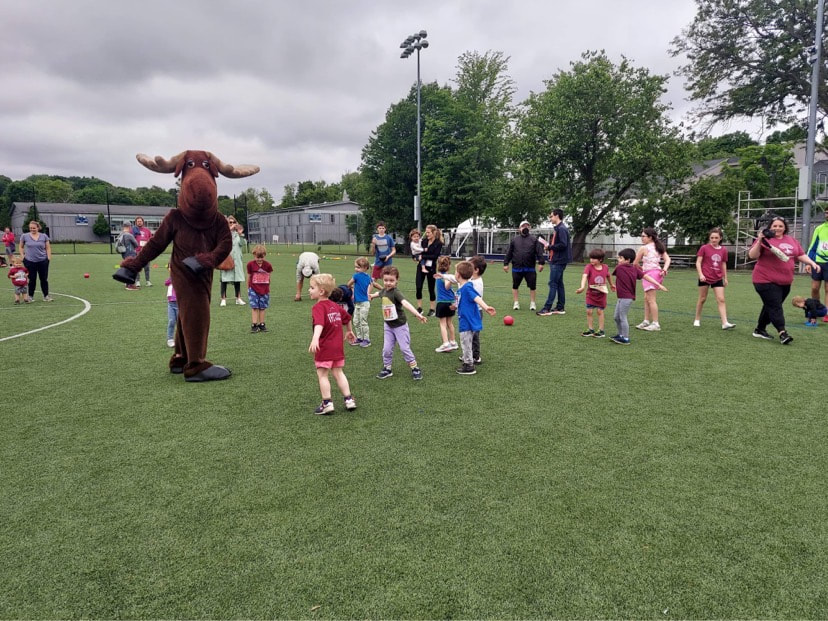

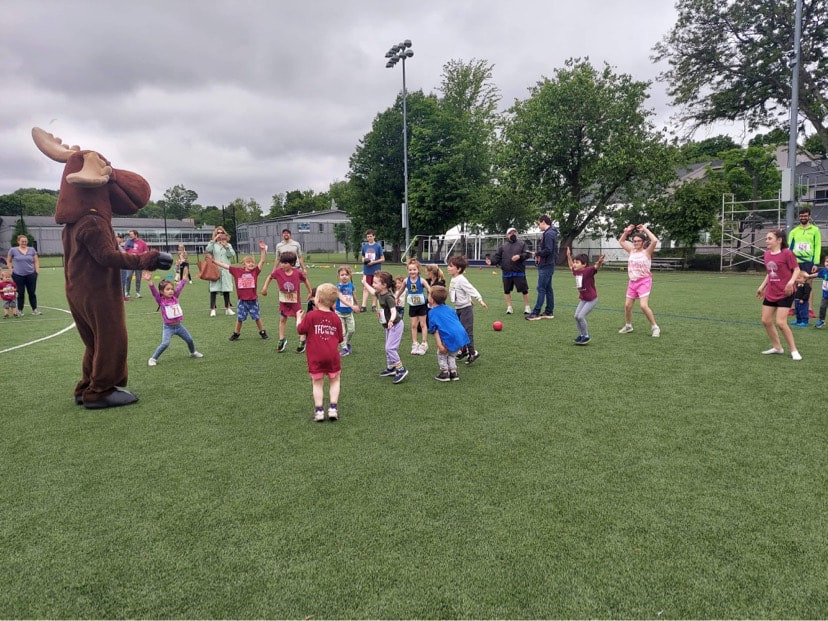
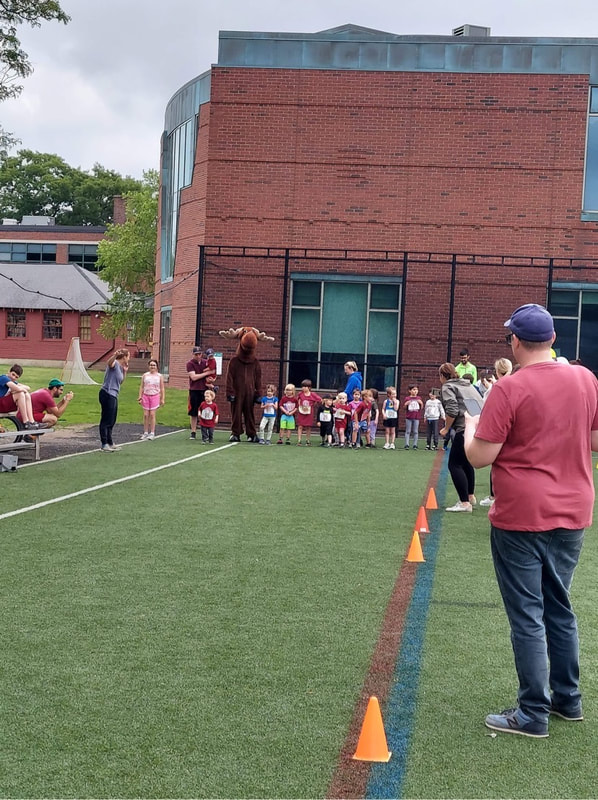
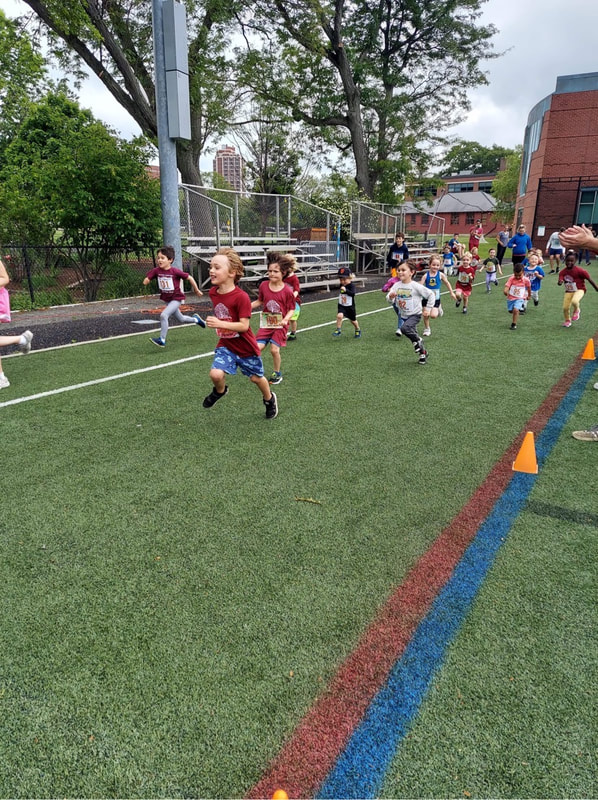

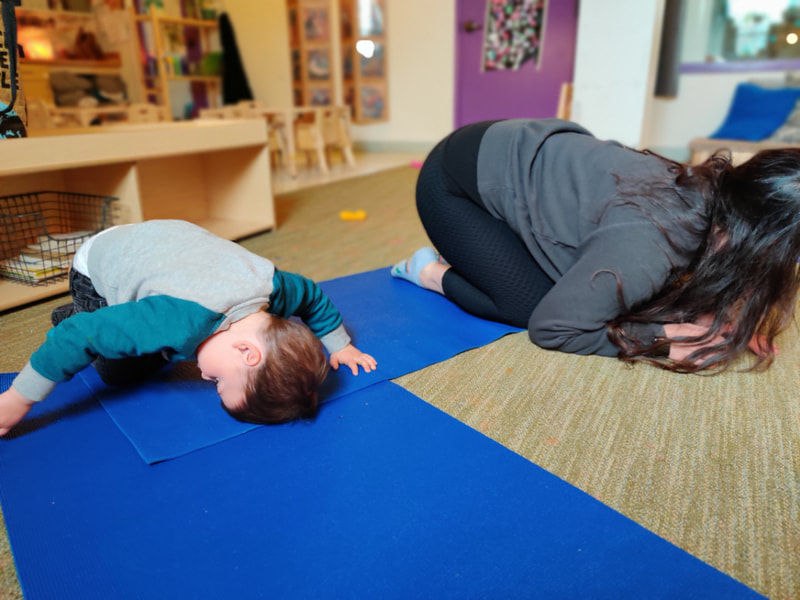
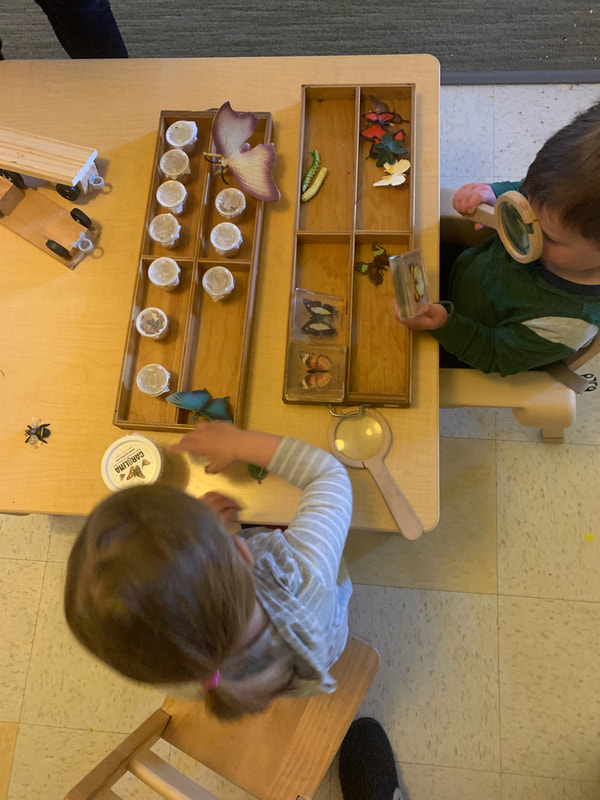

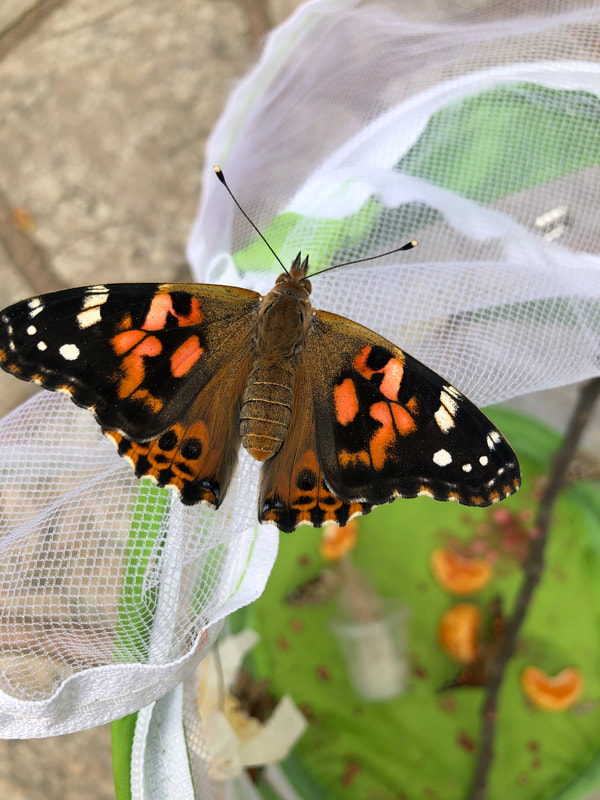
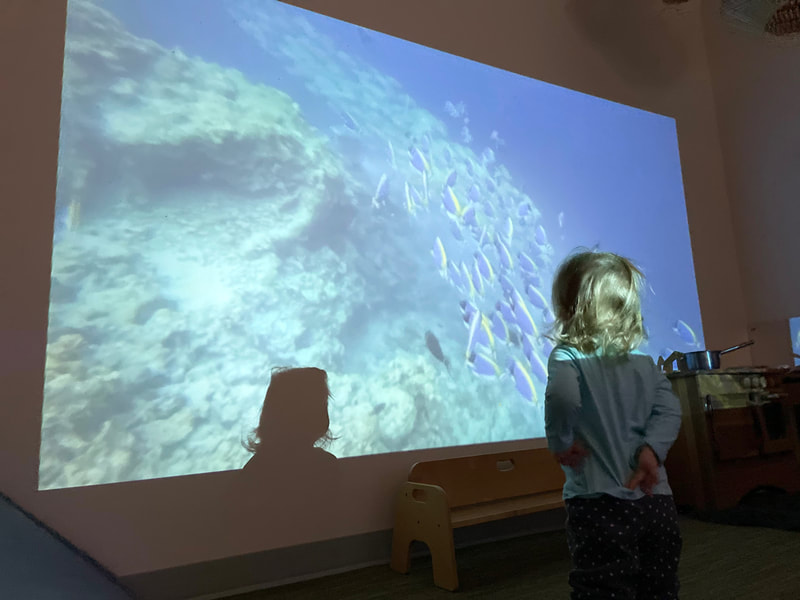
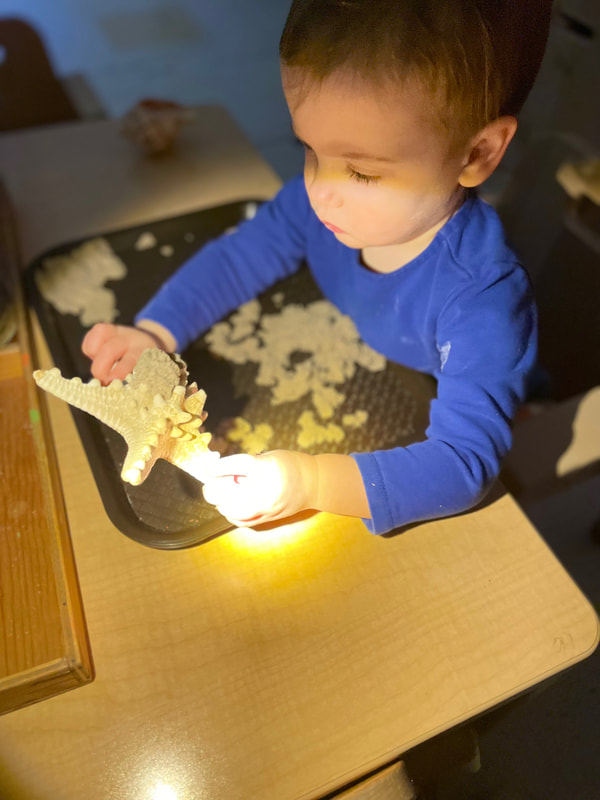




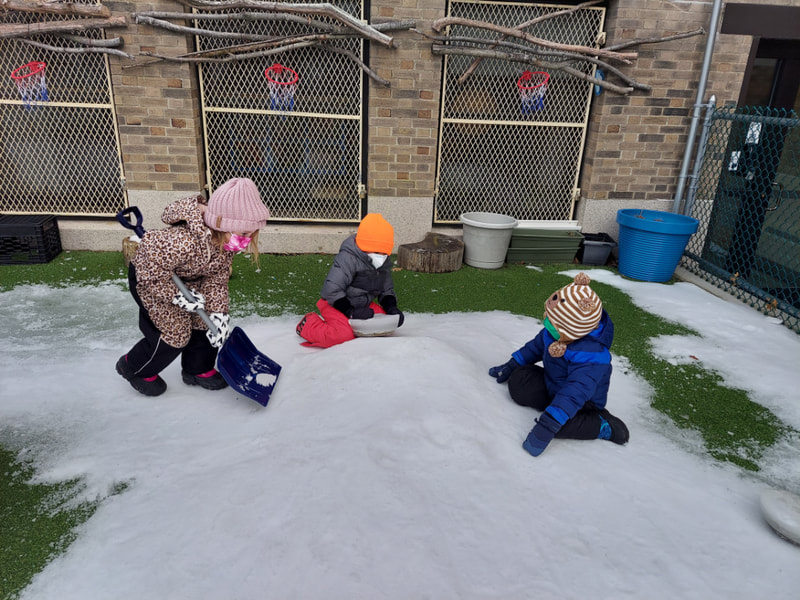

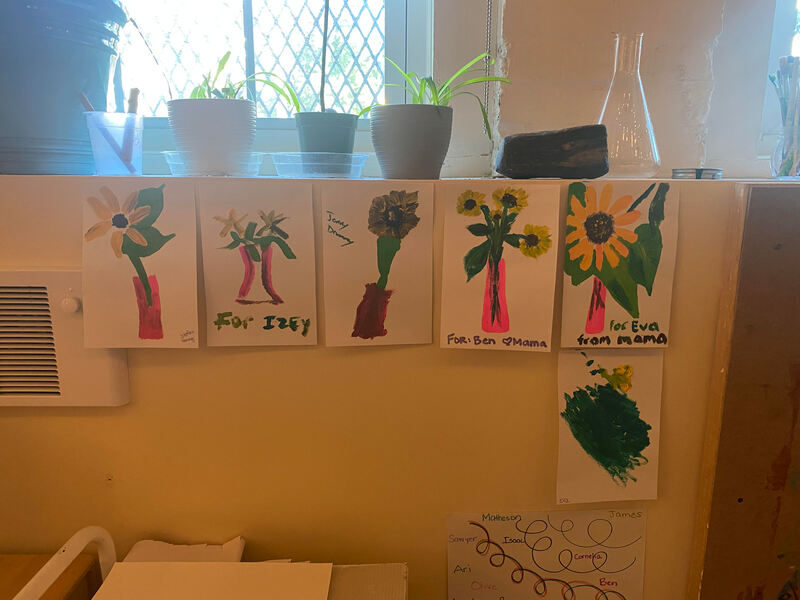

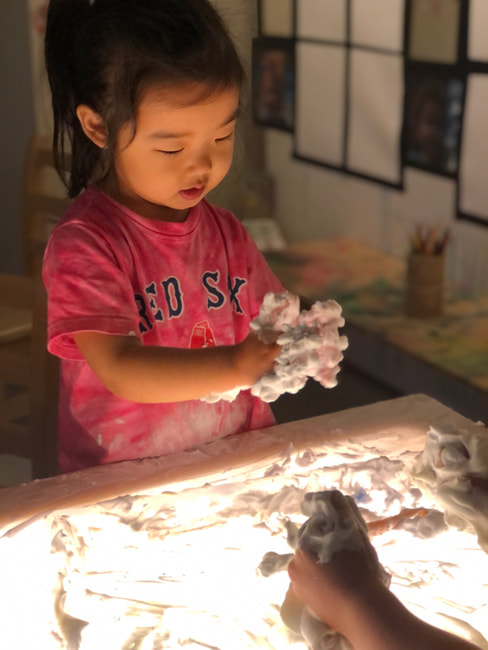




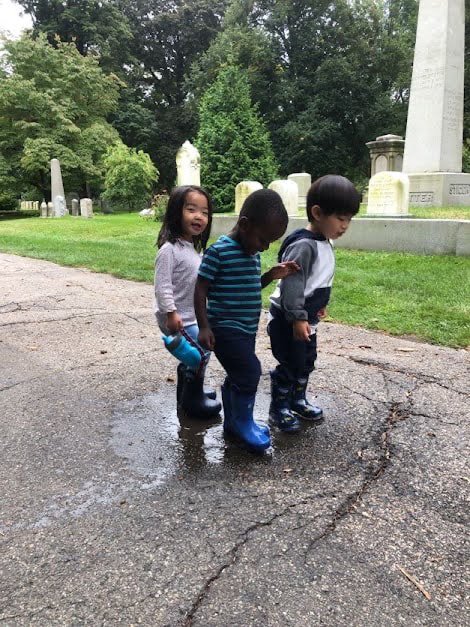

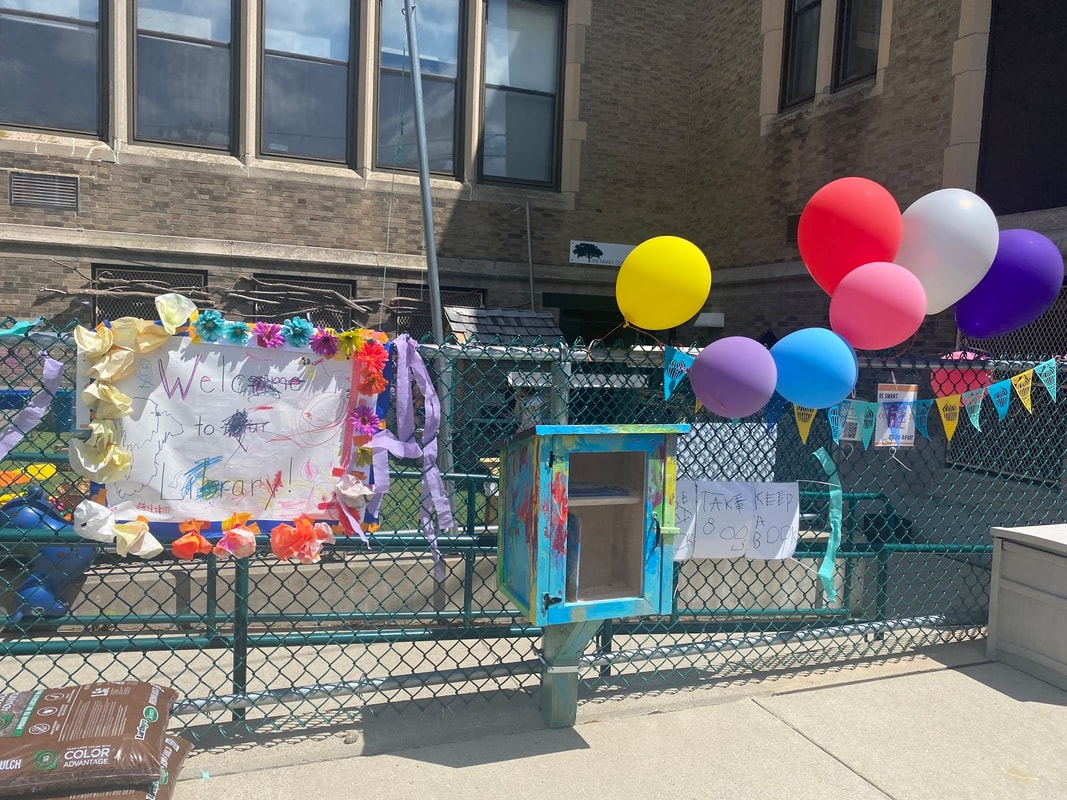
 RSS Feed
RSS Feed